Embrace the Blue Pumpkin: 8 Ways to Create an Inclusive Halloween for Kids with Autism
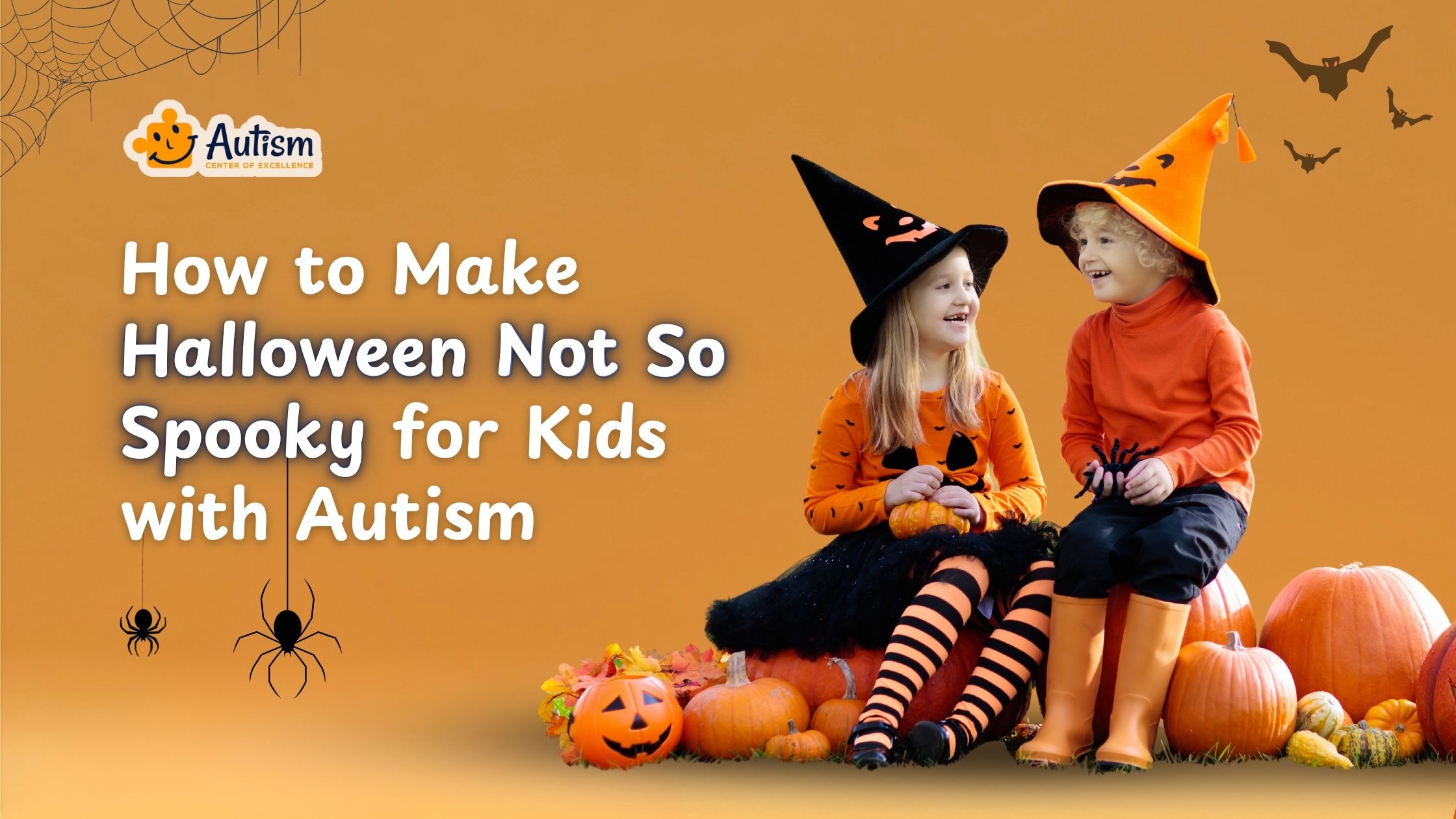
Halloween is fun for many but for kids with autism it can be overwhelming. Costumes, decorations and new activities can turn a fun holiday into a stressful one. But with a little planning and understanding you can make Halloween a more enjoyable day for your child. Here are 8 easy ways to make Halloween not so spooky for kids with autism.
The Blue Pumpkin Basket:
A Bright Symbol of Autism Awareness
This Halloween, use a blue pumpkin for trick or treating. The blue pumpkin has become a symbol in the autism community. It’s a gentle way to let your neighbors and fellow trick-or-treaters know your child may need some extra patience, understanding, and inclusivity as they enjoy the Halloween fun.
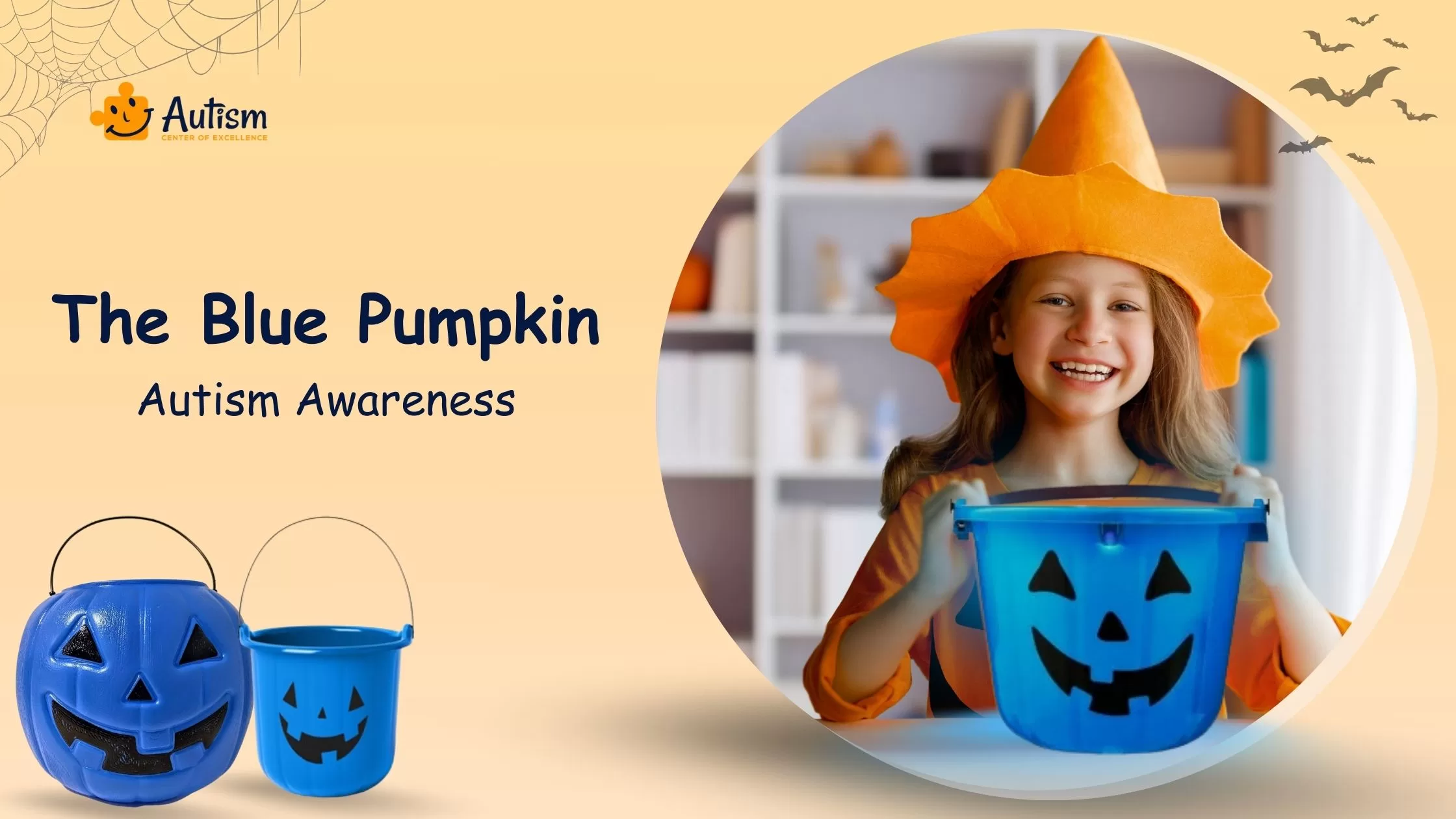
Why a Blue Pumpkin?
- Sensory Overload: Halloween can be overwhelming with bright lights, costumes, and sounds. The blue pumpkin lets others know your child may need extra space or quieter interactions.
- Communication Differences: If your child doesn’t say “trick or treat” or “thank you” the blue pumpkin lets others know they may have communication difficulties.
- Awareness: The blue pumpkin helps spread autism awareness and makes the community more understanding and inclusive.
Buy a Blue Pumpkin
If you want to use a blue pumpkin you can find them on Amazon. This small act can make a big difference for your child and educate your community about autism.
➡️ Click Here to Buy Blue Buckets on Amazon
Why Use a Blue Pumpkin?
Using a blue pumpkin will make Halloween more positive by:
- Asking for understanding from your neighbors.
- Reducing sensory overload with quieter interactions.
- Spreading autism awareness and inclusivity in your community.
Happy trick or treating! 😊🎃️👻
8 Ways to Create an Inclusive Halloween for Kids with Autism
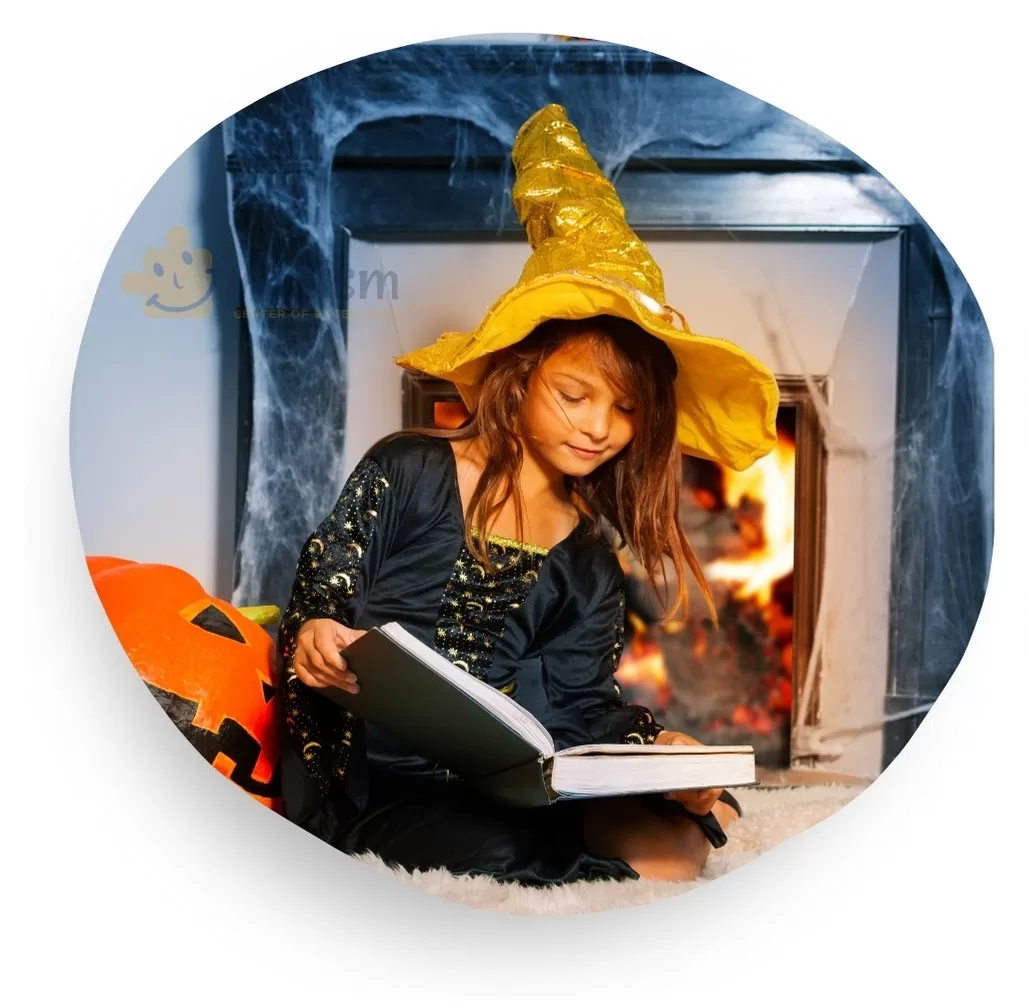
1. Plan Ahead
Planning is key to reducing anxiety. Start talking to your child about Halloween weeks in advance. Use Picture Books or Videos to explain what Halloween is and what they can expect. Create a social story that outlines each step of the day from dressing up to trick or treating. That way your child knows what to expect and can prepare mentally for the day.
Here are some helpful resources to make Halloween more enjoyable for your child:
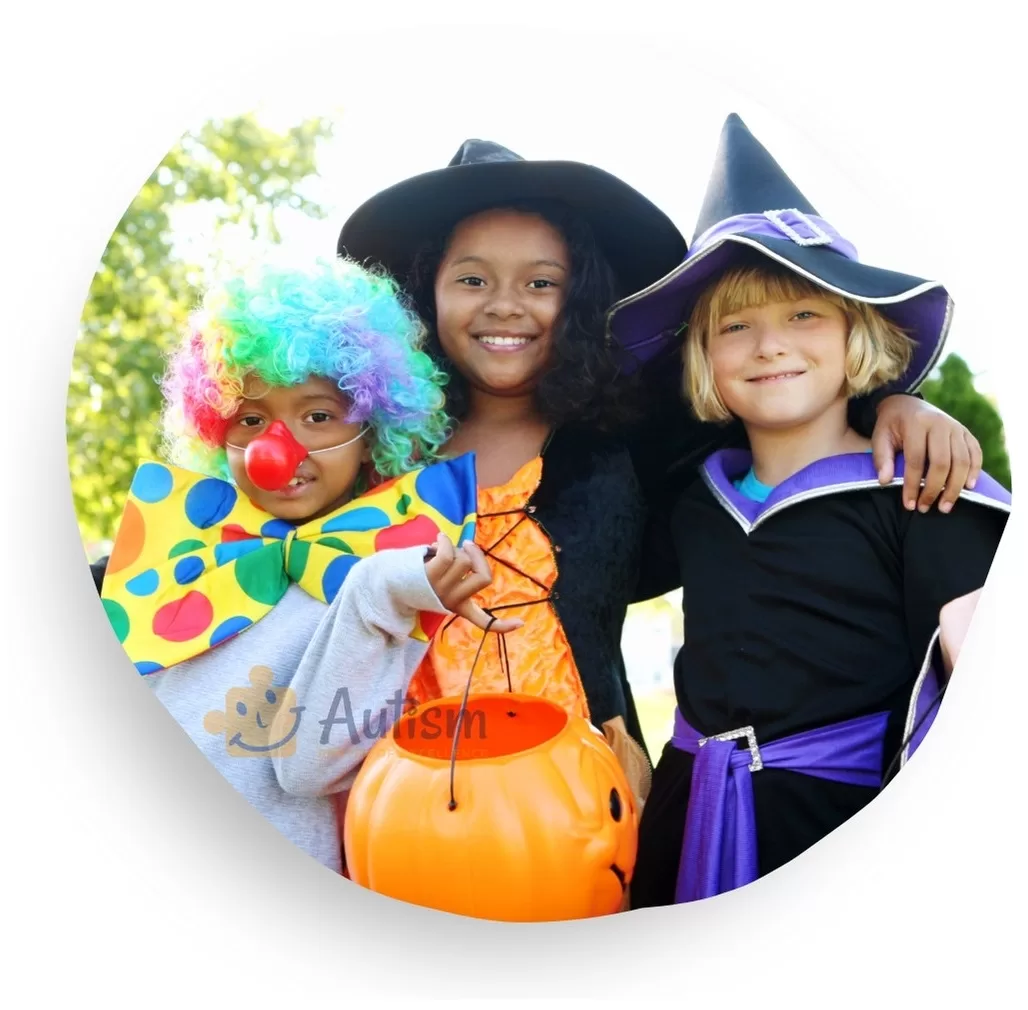
2. Choose Comfy Costumes
Costumes can be a sensory overload for kids with autism. Opt for Halloween Costumes made from soft, breathable materials, and avoid those with tags, seams, or textures that might irritate the skin. If your child is sensitive to wearing masks or hats, consider face paint or simple headbands as alternatives. Let your child have a say in what they want to wear so they feel comfortable and confident.
For some great options, check out these Autism-Friendly Costumes on Amazon that are Designed with Sensory Sensitivities in Mind!
🎃 FAYBOX Skeleton Costume
🎃 Toddler Ghost Costumes
🎃 White Silent Ghost Costume with Pumpkin Bag
🎃 Halloween 3PC Pumpkin Costume
🎃 Dinosaur Riding Air Blow-up Halloween Costume

3. Make it a Safe Space
Decorations and loud noises can be overwhelming. If you’re decorating your home keep it simple and avoid anything that makes sudden noises or has flashing lights. Create a designated quiet space your child can go to if things get too much. This space should be Halloween-free and have familiar items that calm your child.
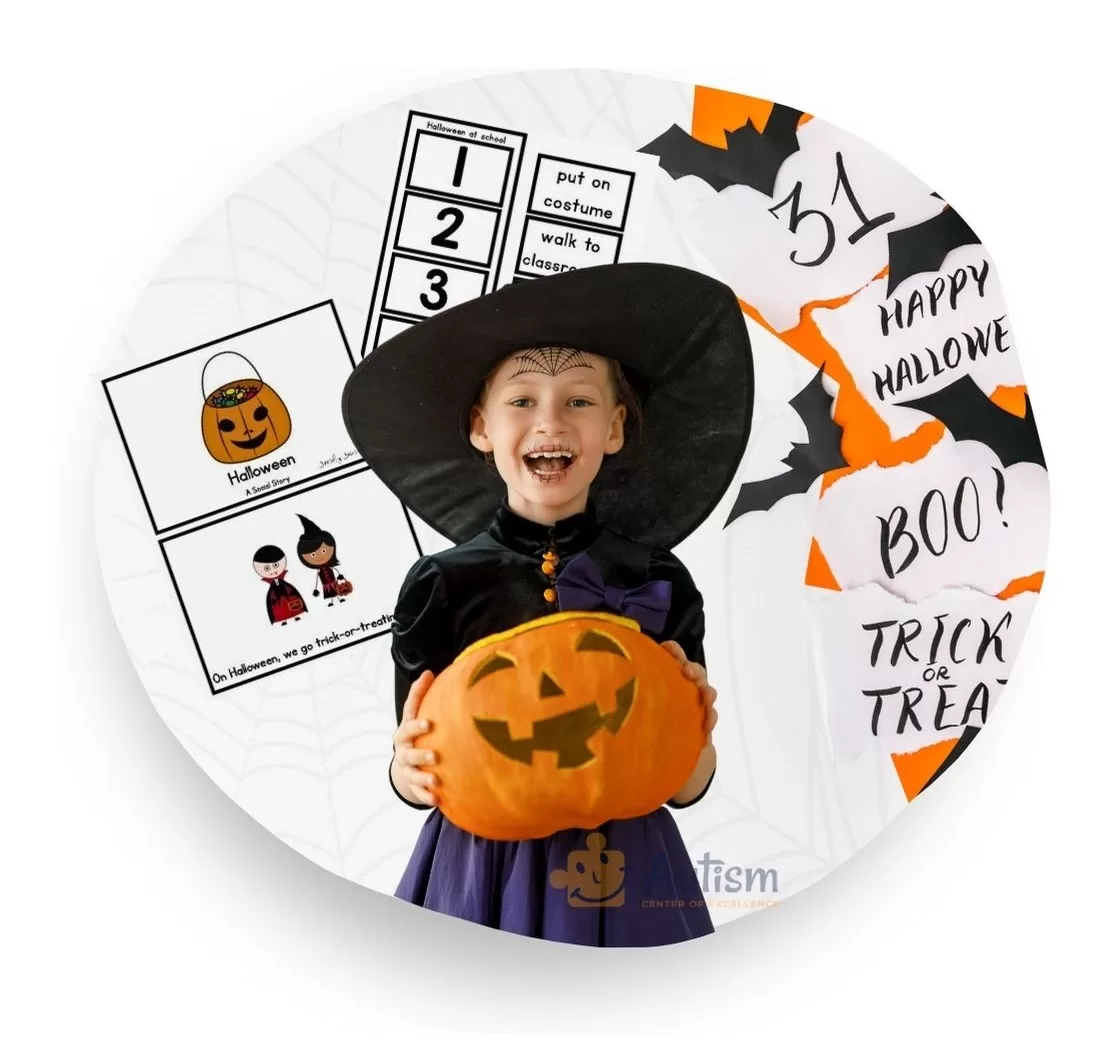
4. Use Visuals
Visuals can be a great tool to explain the sequence of events on Halloween. Use a Visual Schedule to map out the day, including activities like visiting neighbors, going to parties or staying at home. You can also use a countdown calendar leading up to Halloween to help your child know when the day is and what will happen during each activity. Take a look at these visuals here:
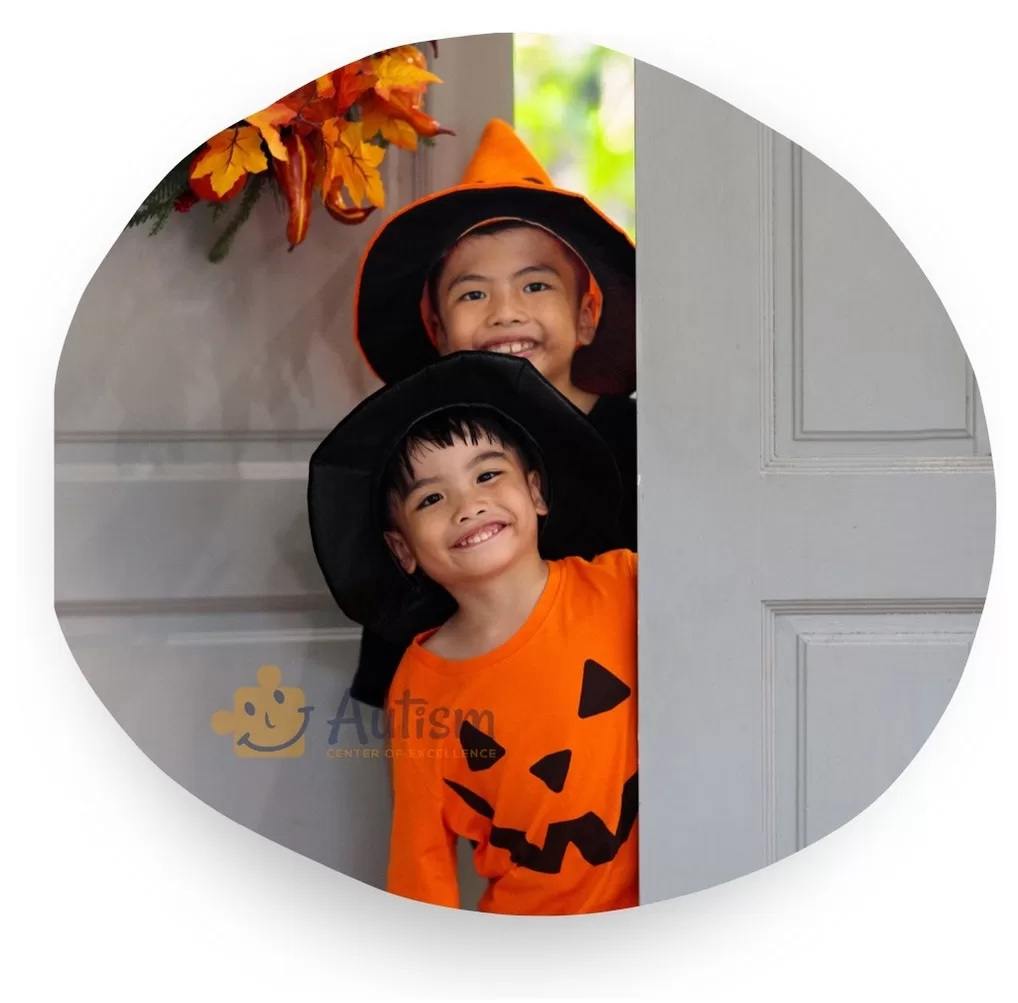
5. Trick or Treat at Home
Before the big day practice trick or treating around your home. This will help your child get used to the process of knocking on doors and getting treats. Use role playing to go through the motions which will help reduce anxiety and increase comfort with the activity.
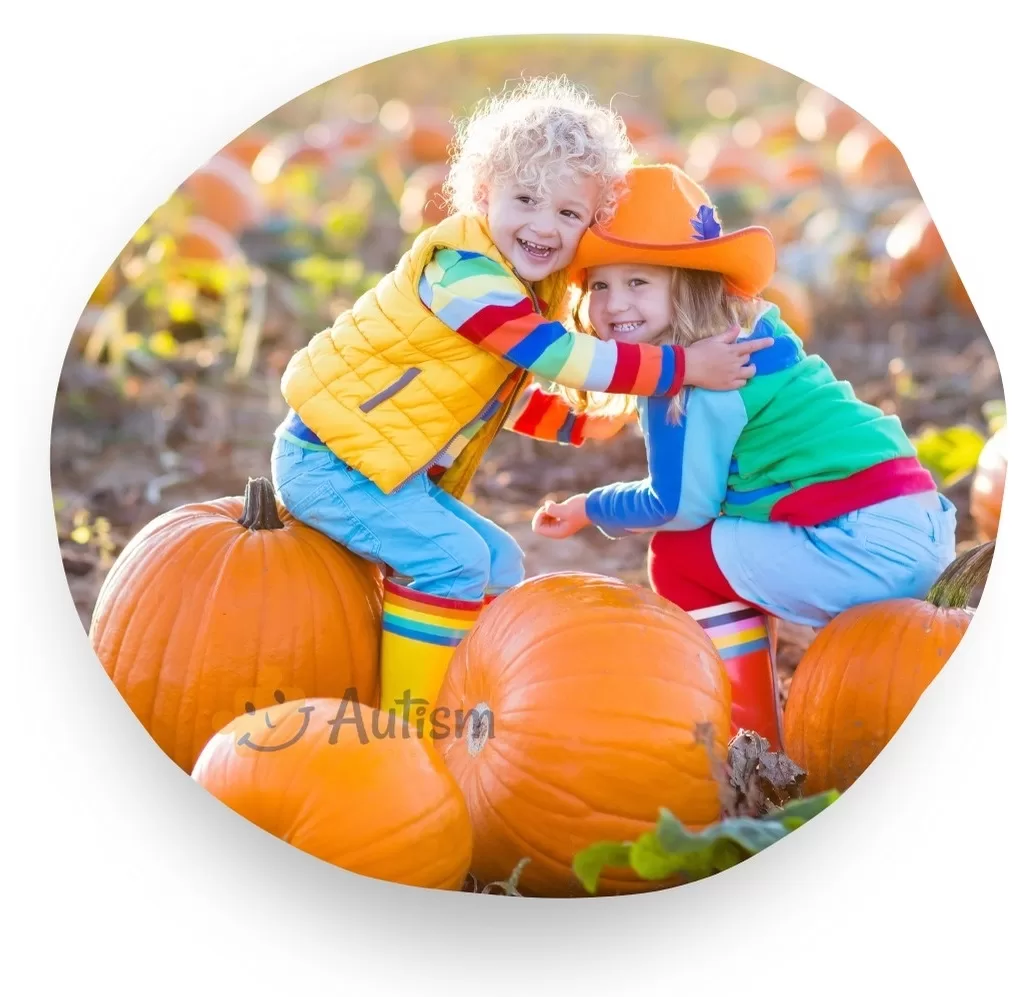
6. Have a Sibling or Friend by Their Side
Having a sibling or a trusted friend by your child’s side can be comforting and encouraging. Choose someone who understands your child’s needs and can support them throughout the evening. This will make it more fun and less scary.

7. Set Expectations
Talk to your child about what to expect on Halloween and what’s expected of them. Set clear boundaries about how long you will be out, how many houses you will visit and what to do if they get overwhelmed. Knowing this in advance will help your child feel more secure and prepared.
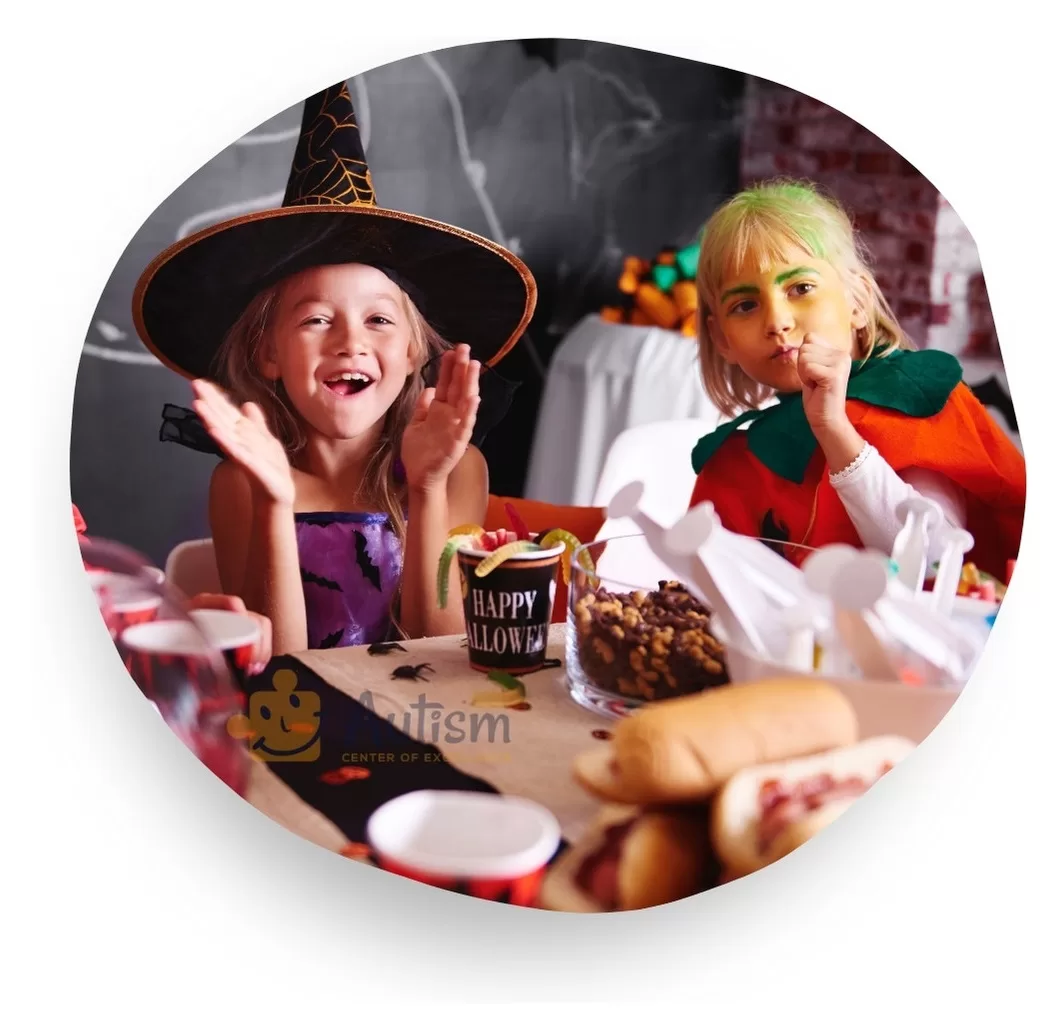
8. Have a Plan B
Even with the best planning, things might not go as planned. Have a plan B in place, like staying home and watching a favorite Halloween movie or having a small party with family. Let your child know it’s okay to change plans if they get overwhelmed. The most important thing is your child feels safe and comfortable.
Check out Some Halloween crafts for kids on Amazon;
🎃 Scratch Art Friendship Mini Notes
🎃 Paint & Decorate Your Own Wooden Princess Wand Craft Kit
Join Our Weekly Newsletters!
Subscribe now to stay updated with our latest email updates.
Frequently Asked Questions & Answer
How Can I Select the Right Costume for My Child with Autism?
Choosing a costume that your child feels comfortable in is crucial. Opt for costumes made from soft, breathable fabrics and avoid elaborate accessories that might cause discomfort. Let your child try on the costume well in advance to ensure they are comfortable and happy with it.
What Are Some Strategies to Manage Sensory Overload During Halloween?
To manage sensory overload, plan a quiet route for trick-or-treating and consider going out during daylight hours when it’s less crowded. Introduce your child to the sounds and sights of Halloween gradually, perhaps through storybooks or videos, to familiarize them with the experience.
How Can I Create a Safe Environment for Trick-or-Treating?
Safety is key. Stick to well-lit areas with familiar surroundings. If possible, trick-or-treat with a group that your child knows well. Carry a flashlight and ensure your child wears reflective gear to stay visible. Always have a plan in case your child wants to leave early or needs a break.
What Can I Do If My Child Is Scared of Halloween Decorations?
Prepare your child by discussing what they might see and explaining that decorations are just pretend. If your child is uncomfortable, consider creating a “Halloween-free zone” at home where they can relax and take a break from festivities.
How Can I Help My Child Understand the Social Aspects of Halloween?
Role-play different Halloween scenarios with your child to help them understand social interactions, like saying “trick or treat” or “thank you.” Practice these interactions at home to build their confidence before heading out.
Conclusion
By taking these steps, you can help make Halloween a positive and less intimidating experience for children with autism. Remember, every child is different, so be attentive to their specific needs and cues. With patience and creativity, Halloween can become a treasured time for both you and your child.
The Autism Center of Excellence provides comprehensive support for children with autism aged 2 to 14. They offer a wide range of services including ABA Therapy, Early Intervention, School Readiness Programs, Speech Therapy, and Occupational Therapy. Services are available in both in-home and center-based settings to accommodate different family needs. Additionally, they provide specialized parent training to empower families. The center is dedicated to fostering growth and development, ensuring children and their families receive the best possible support.

Bhavika Bhasin
Bhavika Bhasin is the Research and Marketing officer at AutismCOE. She works with children and adults with ASD. Her clinical research includes evaluating various available autism screening and diagnosis methods and their efficacy. She is currently developing a novel screening exam that is indicated to be more accurate than the existing available exams. She is also writes articles papers for various publications.

A Belief In Every Child’s Potential
Start your child’s individualized program for Autism Spectrum Disorder (ASD) to increase communication, social interaction, safety awareness, and independent living skills while reducing challenging behaviors.
